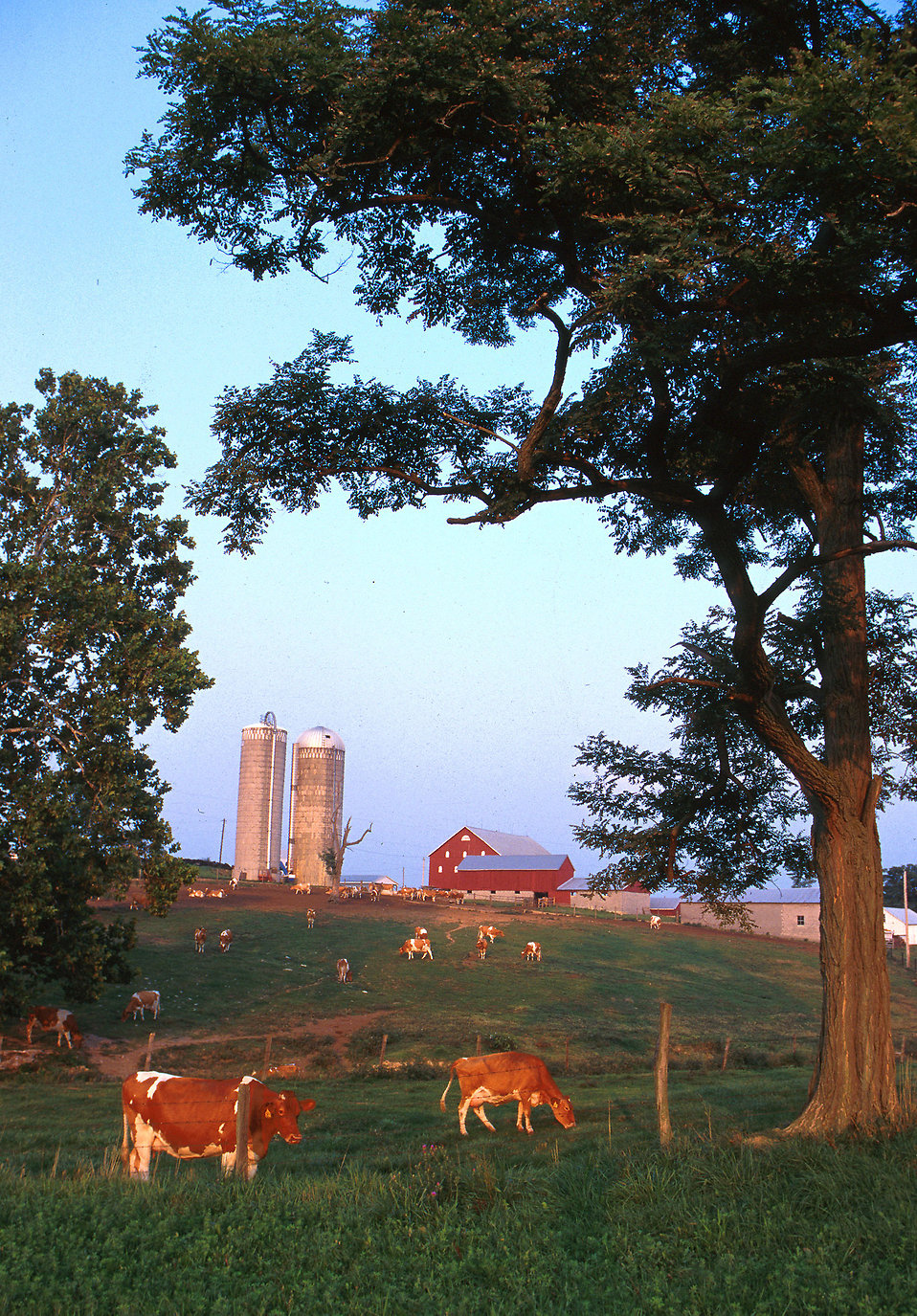
Friday, December 29, 2017 - A report by the Pew Charitable Trusts finds that an array of alternatives to antibiotics, supported by science, are already on the market and being used by some livestock producers.
finds that an array of alternatives to antibiotics, supported by science, are already on the market and being used by some livestock producers.
It also found the development of promising products is moving slowly because manufacturers are not sure how big a market they can expect. Ironically, part of what holds new products back is the livestock industry’s long-standing resistance to allowing data about antibiotic use to be gathered on farms—information that, if it existed, could guide antibiotic alternatives to where they are needed most.
Here are some interesting nuggets of information provided in the report:
- Antibiotics are used to treat sick animals, to prevent disease by giving the drugs to animals that do not show signs of illness, and to promote growth.
- Growth-promoter antibiotic dosing was disallowed in the United States as of January 1, 2017 under a set of measures known as Guidances. Disease prevention and treatment are now allowed only with a veterinarian supervising.
- The FDA took those steps because antibiotics given to meat animals contribute to the development of antibiotic-resistant bacteria and thus contribute to thousands of deaths and illnesses caused each year by drug-resistant infections.
- In 2015, the last year for which there is data, 34.3 million pounds of antibiotics were sold in the United States for animal use. That was the highest amount since the FDA began reporting annual totals in 2008. About 70 percent of those drugs were sold for “production or therapeutic indications”—a term that covers both growth promotion and disease prevention.
- In its report, which appears to be the first to survey the whole landscape of antibiotic alternatives for livestock, Pew found that some researchers anticipated the change and have been investigating alternative products for a while.
- Much pertinent research is currently being done, but not in a systematic manner to find out what works and what doesn’t—especially broken down by species, because of course the needs of a chicken are different from the needs of a cow.
- The range of alternative products covered by the report goes from vaccines and drug-like products such as bacteriophages and antimicrobial peptides, to feed additives such as enzymes, probiotic and prebiotic beneficial bacteria, metals, and essential oils.
- Pew found that the strongest evidence gathered so far supports vaccines and immune modulating compounds for disease prevention, and probiotics for both disease prevention and weight gain. A number of probiotic products already are on the market.
The biggest need is for more research. If we expect farmers to adopt these products, they are going to have to be assured that they work. It is encouraging to note the need for more research into alternatives is being recognized.
COMMENT: It is well to remember: regardless of the alternative treatment used — good health in any species depends on optimum mineral balance.
Learn more at the links Here and Here.